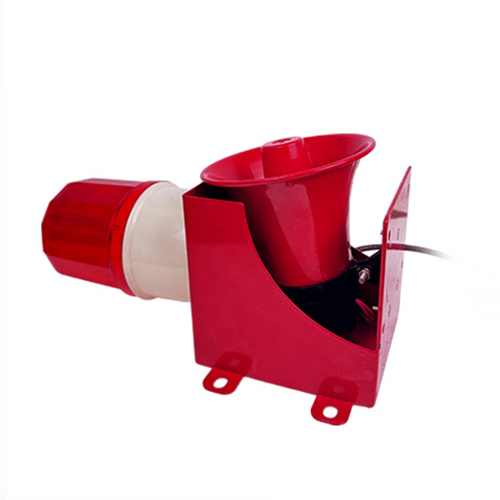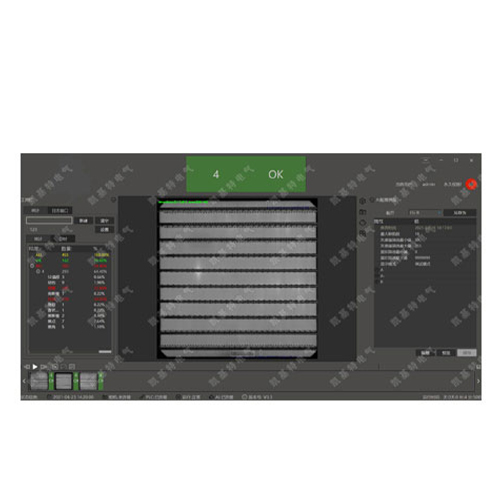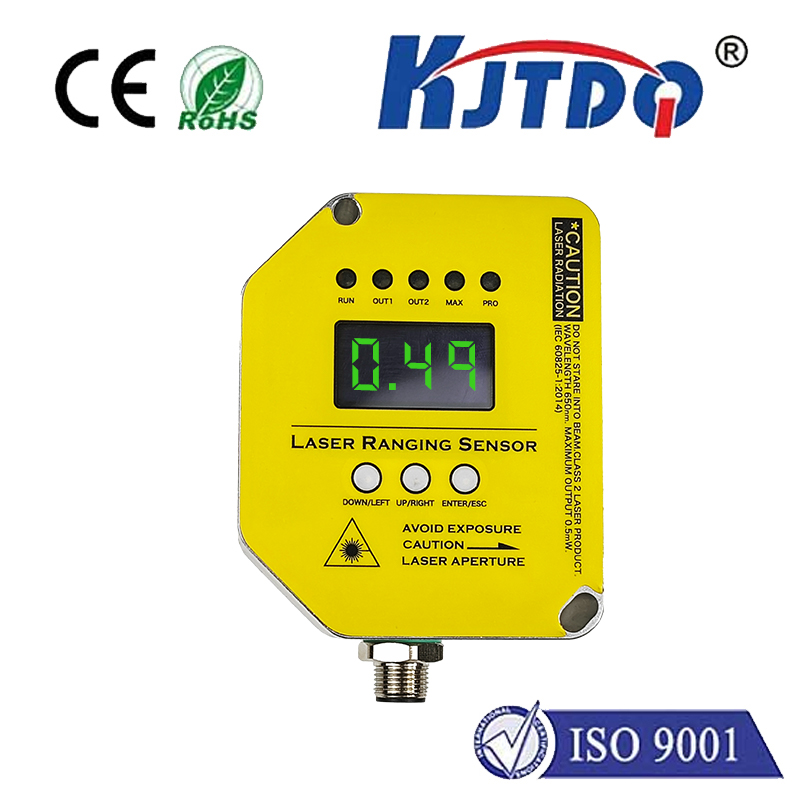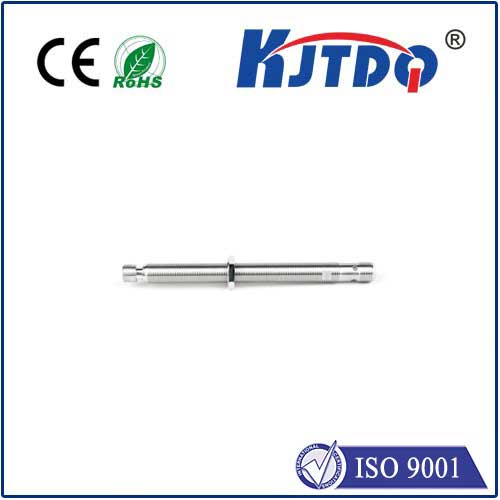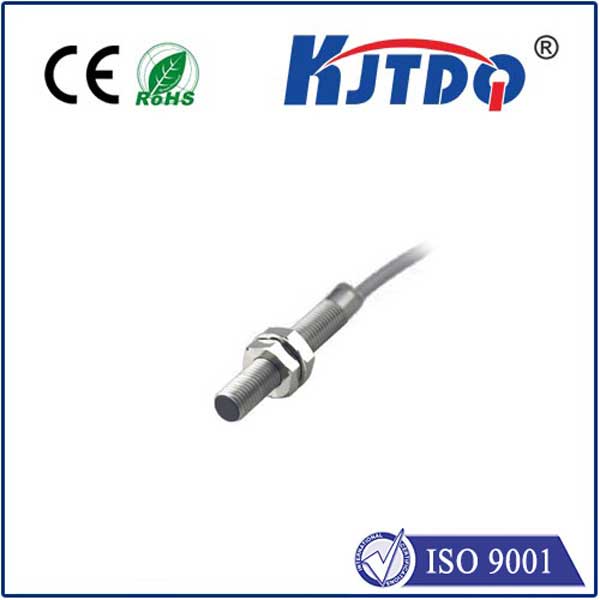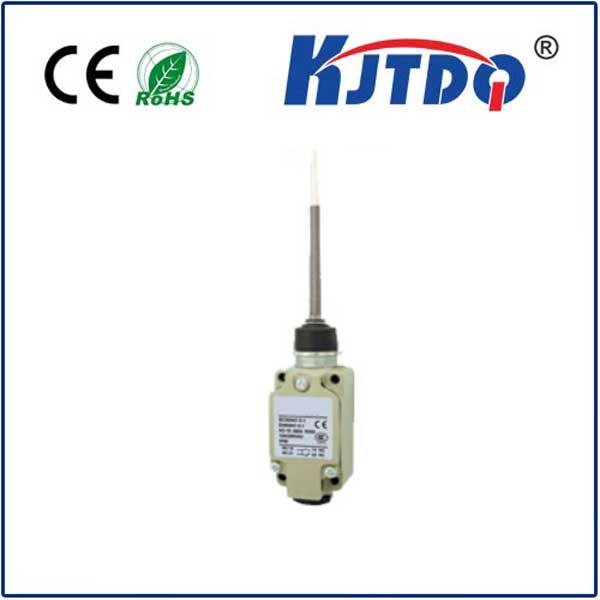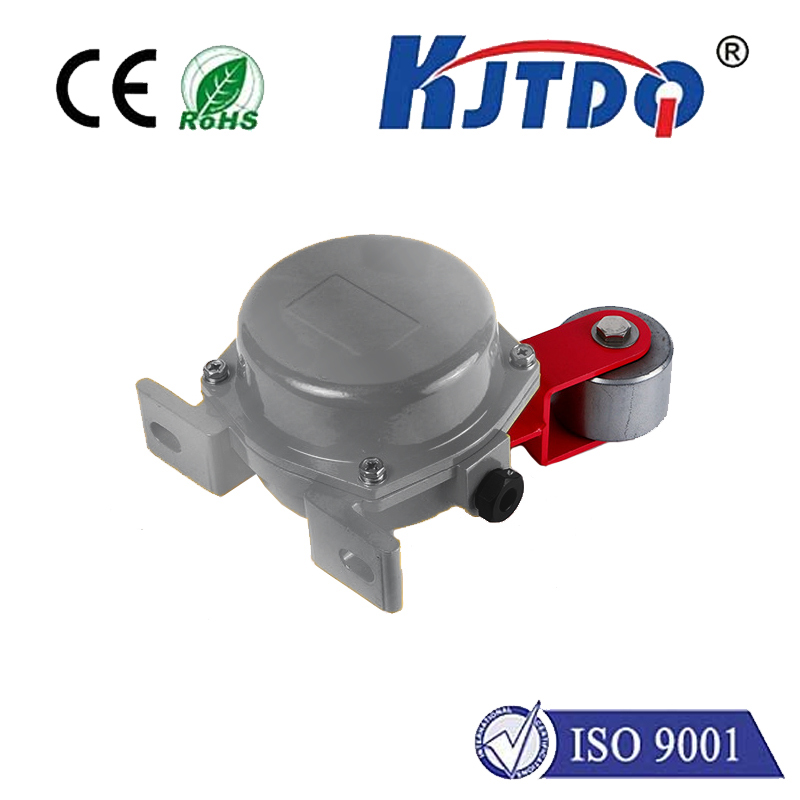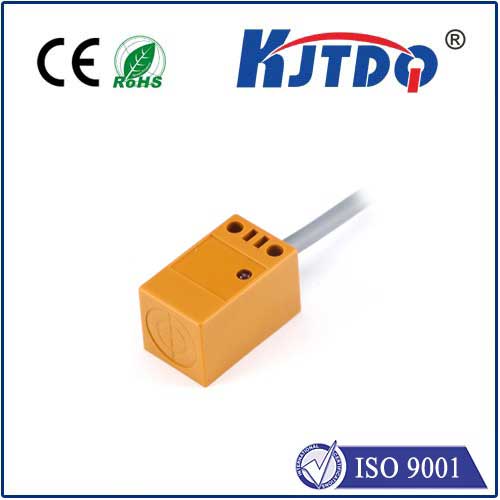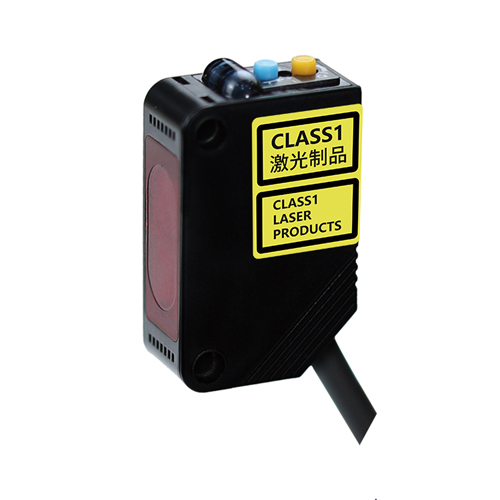

check

check

check

check

check

check

check

check

check

check

Title: Introduction to the 2-Wire PNP Proximity Sensor In the realm of industrial automation, sensors play a crucial role in ensuring precise control and operation. One type that stands out due to its simplicity and efficiency is the 2-Wire PNP Proximity Sensor. This article will delve into what this sensor is, how it works, and where it can be used. What is a 2-Wire PNP Proximity Sensor? A proximity sensor is a device that detects the presence or absence of objects without any physical contact. They are commonly used in industrial applications for position measurement, fluid level detection, and speed surveillance, among others. The “2-Wire” signifies that the sensor operates on a two-wire system, which simplifies installation and reduces wiring costs. “PNP” refers to the type of output configuration, indicating that the sensor sinks current to indicate a detected object. How Does It Work? The 2-Wire PNP Proximity Sensor works based on electromagnetic fields. It emits an electromagnetic field from its sensing face, and when a metallic object comes into proximity, the field is disturbed. This disturbance triggers an electrical signal within the sensor, which then gets processed by its internal electronics. If the object is close enough, the sensor will output a high signal, indicating the presence of the object. Conversely, if no object is nearby, the sensor will output a low signal. Because it’s a PNP sensor, it sources current when activated. Applications of the 2-Wire PNP Proximity Sensor The uses for the 2-Wire PNP Proximity Sensor are vast. Some common applications include:
